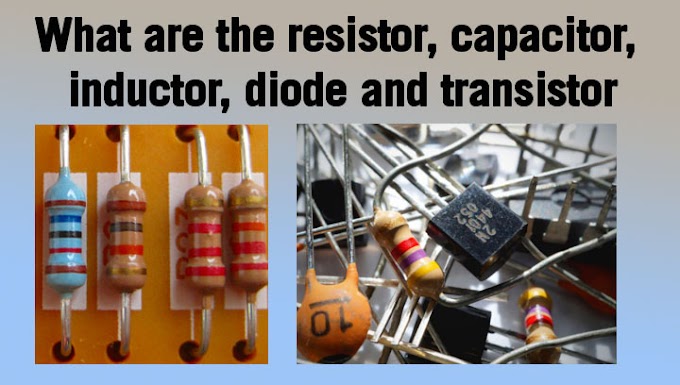Basic Concept
System - A combination of different Physical components that are connected or related together to form an entire unit to achieve a Certain Objective is called a System
Control- The meaning of control is to regulate or direct or command Objective is read, a System for desire
Control System - is a combination of different System Physical elements linked or connected in such a manner as to regulate or command itself to obtain certain output.
A control system is a system that is used to control the behavior of a device or process. It is made up of three main components: a sensor, a controller, and an actuator. The sensor detects a physical quantity such as temperature, pressure, or position, and converts it into an electrical signal.
Control System consists of
- I/p (Cause)
- 0/p (effect)
- Ways to achieve I/p and o/p
- Control action
Systematic diagram of control System
Operation
Plant - It is defined as a portion of the system that is to be controlled or regulated, it is also known as a process
Controller - It is an element within the System itself or external to the system and controls the plant.
Classification of control system
01)
- Linear (Obays Ohm's law)
- Non-linear (Not obeys Ohm's law)
02)
- Static (output at any time depending on input at that time
- Dynamic (Present output depends on Past input)
03)
- SISO (single I/p single o/p system)
- MISO (Multi I/P single o/p system)
04)
- Limpel Parameters (It's a control system, which can be represented by ordinary differential equation) Ex-Ary electrical network
- Distributed parameters (It is a Control System that can be represented by a partial differential equation) Ex-Transmission line
Based on the control action
01) open loop Control system
Automatic machine, Immersion heater, a man walking on the road with his eyes closed. All of these examples are open-loop Control Systems.
An open-loop control system is a system in which the output is controlled by adjusting the input. In an open loop system, the control variable is set beforehand and doesn't take the system output into account. This means that the system output is not monitored or adjusted based on feedback from the output.
For example, an irrigation sprinkler system, programmed to turn on at set times could be an example of an open-loop system if it does not measure soil moisture as a form of feedback. Even if rain is pouring down on the lawn, the sprinkler system would activate on schedule, wasting water.
Here output is not compared to input Simple System and no maintenance is required for control output.
02) Close Loo Control System (Feedback Control System)
Output is Compare and it's a complex System.
What is the difference between an open-loop system and a closed-loop System?
Open Loop Sistem
- Easier to build
- Not reliable
- Optimization is not Possible
Closed Loop System
- Difficult to build
- Reliable
- Optimization is Possible
Component and Closed Loop System
Components of a closed loop control system. Every closed-loop control system consists of four main components: the controller, feedback mechanism, actuator, and sensor.
A closed-loop control system is a mechanical or electronic device that automatically regulates a system to maintain a desired state or set point without human interaction. It uses a feedback system or sensor.
The reference input is a proposal to command input.
Error detector - gives an error signal from a measured Output Signal by comparing big reference input elements












